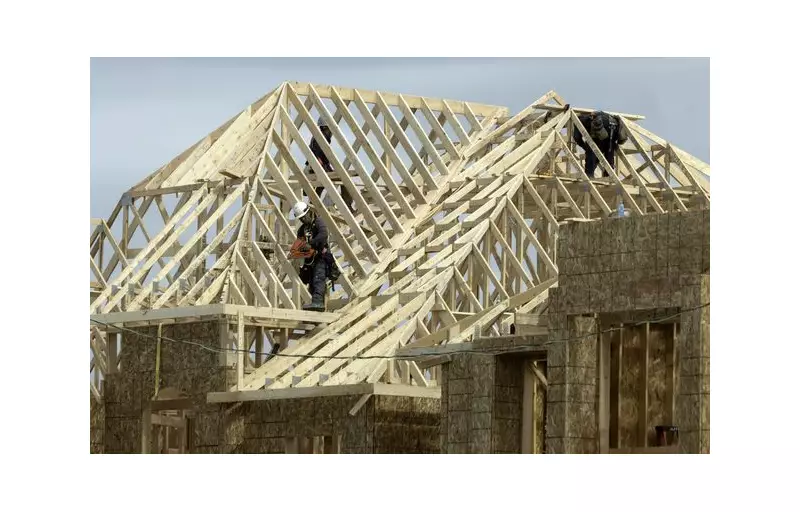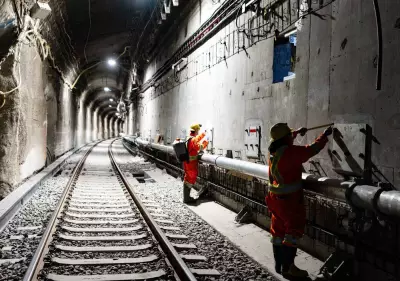
Canada's economic recovery is facing significant challenges as new data reveals persistent weaknesses in the country's homebuilding sector. At a time when Canadians are confronting historic housing supply shortages and affordability crises, construction activity continues to fall short in critical metropolitan regions where most newcomers settle.
Metro Areas Bear the Brunt of Construction Slowdown
Both the Greater Toronto Area and Metro Vancouver are experiencing housing starts that fall below the levels required to address supply gaps that have widened since 2019. The situation has deteriorated over the last 12-18 months, with numerous planned development projects in Ontario and British Columbia being either delayed or cancelled entirely.
This construction slowdown coincides with a glut of unsold condominium units and a sharp decline in population growth resulting from recent changes to federal immigration policy. Compounding these challenges, residential real estate sales have shown sluggish performance in various regions across the country.
The decline in real estate transactions typically produces delayed negative effects on construction investment, meaning that reduced home sales today will likely translate into fewer housing starts in the coming months.
Policy Promises Clash with Economic Reality
Despite Prime Minister Carney's Liberal government committing to double the pace of homebuilding, the on-the-ground reality paints a different picture. Many communities, particularly in Ontario and British Columbia, are experiencing stagnant or shrinking housing starts.
In July, the Canada Mortgage and Housing Corporation (CMHC) revised downward its national forecast for housing starts for 2025-26. This adjustment comes despite intense political focus on boosting housing supply to address the national affordability crisis.
Broad Economic Consequences Emerge
The slowdown in residential construction extends far beyond the homebuilding industry itself. Construction represents approximately 8% of Canada's overall economy, and when excluding government-driven sectors like education and healthcare, construction employs more than one in ten private-sector workers.
The economic ripple effects of declining housing starts include reduced demand for goods and services from suppliers to the homebuilding industry, lower tax revenues for all levels of government, and slower overall economic growth. This weakness in residential investment has been identified as a key factor pushing the Canadian economy toward recession in 2025.
Statistics Canada reports that the value of GDP directly attributable to housing reached $238 billion last year, showing a slight increase from 2023 but remaining below 2021 and 2022 levels. Among provinces, Ontario and B.C. have experienced notable declines in residential construction GDP since 2022, a pattern expected to continue into 2026.
The employment impact is equally significant, with housing-related activity supporting roughly 1.2 million jobs in 2024. This figure captures both direct and indirect employment effects, with approximately three-fifths representing direct jobs while the remainder are found in supporting sectors including architecture, engineering, hardware and furniture stores, and lumber manufacturing.
Combined spending on homebuilding, home renovation, and residential real estate transactions represents a substantial portion of Canada's $3.3-trillion economy. This critical sector sustains more than one million jobs, reflecting the labour-intensive nature of construction and related industries.
Canada's economy will struggle to rebound from the 2025 economic slowdown without a meaningful turnaround in homebuilding activity, highlighting the urgent need for solutions that address both housing supply and economic growth objectives simultaneously.





